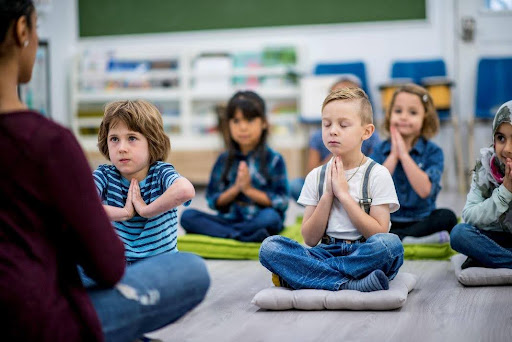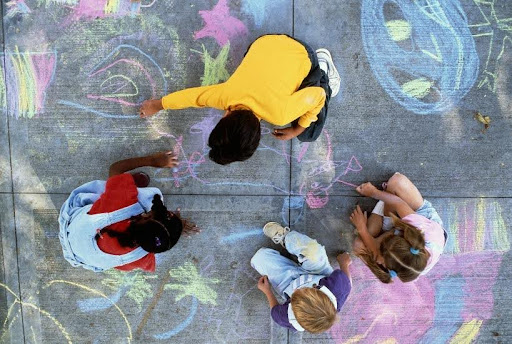
16 Jul Culture Clash – the Importance of Cultural Learning
Culture Clash – the importance of cultural learning
A True Story about Cultural differences in the classroom:
What this story means to me
I tell this story often because it highlights so well the importance of understanding cultural differences and respecting them. It would have been easy to finish the semester assuming that student was miserable and didn’t like the class.
I could have remembered her as the student who never smiled in the back of my classroom. But because of one small conversation, I remember her as so much more. A muse in the always progressing lesson of sensitivity and awareness.

what is culture?
How do we allow for cultural learning in in the classroom

Conclusion

Contributing Expert Author
Samantha Reeves, M.A.
Samantha has over 25 years of experience in the field of child development. She has worked in all manner of professions as they relate to children including beginning her career as a floater teacher with 3 units, to a multisite center
regional director, and most recently, a professor in the Child and Adolescent Studies department at CSUF.
Samantha earned her B.S. at Cal State Fullerton in the same department she would later instruct in. She has a M.A. in Clinical Psychology from Pepperdine University where she focused her research on attachment theory and attachment related disorders.
Samantha lives in Anaheim Hills with her husband and 4 children. She recently made the decision to put her teaching career on pause to stay home with her kids, but plans to return to the classroom in some format in the future.


Sorry, the comment form is closed at this time.